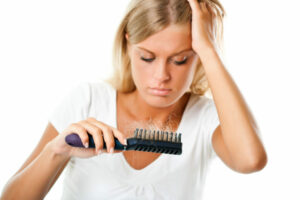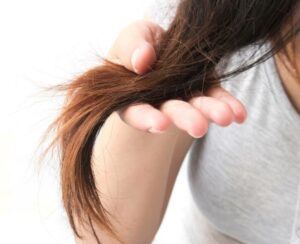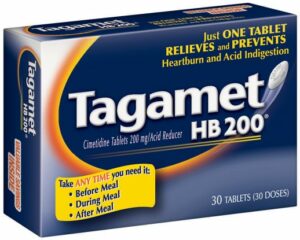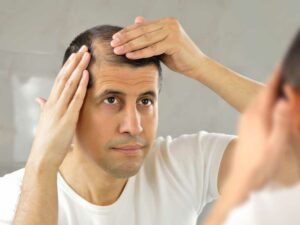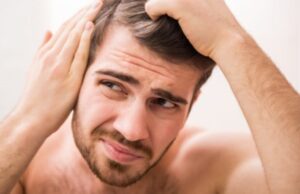Tampa, Florida- In a clinical study published in the International Journal of Cosmetic Surgery and Aesthetic Dermatology, Volume 5, Number 2, 2003, the efficacy of Low-Level Laser Therapy with the HairMax LaserComb was studied to determine if anecdotal evidence was supported by clinical data.
The authors wished to test the efficacy of Low-Level Laser Therapy (LLLT) using a HairMax LaserComb for the stimulation of hair growth and also to determine what effect LLLT with this device had on the tensile strength of hair.
Male and female patients with Androgentic Alopecia, aged 28 to 76, were each given a LaserComb to use at home for six full months. Hair counts were done in the areas of greatest hairloss in the temporal and vertex regions at the beginning of the study and again after six months. Changes in the tensile strength of the hair were also recorded during this study.
Hair counts increased in the temporal area an average of 55.2% for women, 74.1% in men and 69.1% for all patients. In the vertex area, the corresponding percentages were 64.9% for women, 120.1% for men and 111.9% for all patients. The combined average hair count increase for all men and women in the temporal and vertex areas was 93.5%.
Additionally, the hair tensile strength was increased by 78.9% when all temporal and vertex patients were considered.
28 males aged 28 to 72 and 7 females aged 46 to 76 were given a HairMax LaserComb to use at home for six full months and instructed to comb his/her entire scalp hair slowly (advancing one-quarter of an inch per second) for five to ten minutes every other day. The treatment was to be carried out when the hair and scalp were clean and the hair was dry. A hair count in the greatest area of alopecia and a determination of the tensile strength of the hair was carried out before treatment was started and again, after six months of treatment. A clear acrylic mold of each patient’s head was created with the front of the mold positioned at the hairline, and a one centimeter square removed from the mold in the area of greatest alopecia in either the temporal or vertex region. For the hair count, the hairs within the one square centimeter space were pulled through the opening, and then counted using a surgical skin hook and a lens with five times magnification. Hair counts were carried out by both authors to confirm the accuracy of the data.
The mechanism or mechanisms of action of LLLT are unknown with regard to the stimulation of hair growth or how the hair tensile strength is increased so greatly. From wound healing studies, it is know that LLLT causes an increase in the microcirculation of tissue, and a reduction in inflammation. The amount of cellular energy in the form of adenosine triphosphatase (ATP) is also increased following LLLT. Perhaps one or more of these beneficial effects are responsible for the results we were able to achieve. The authors hypothesized that the early temporary hair shedding experienced by some patients was most likely related to an accelerated hair cycle in general. Obviously, more research is required if we are to understand the scientific findings noted in this paper with greater clarity.
The complete study authored by John L. Satino and Michael Markou, D.O. is printed in the International Journal of Cosmetic Surgery and Aesthetic Dermatology, Volume 5, Number 2, 2003.

